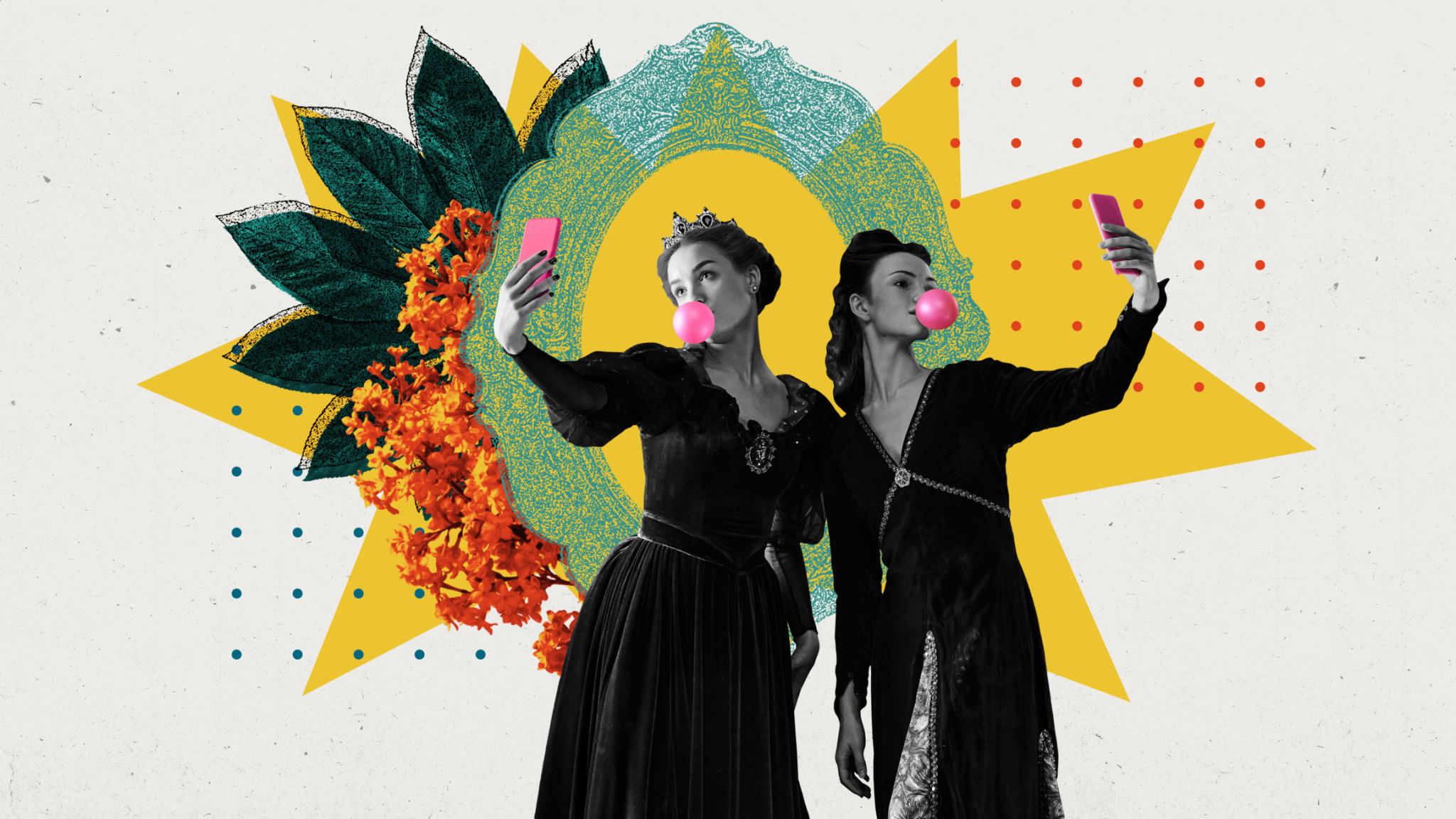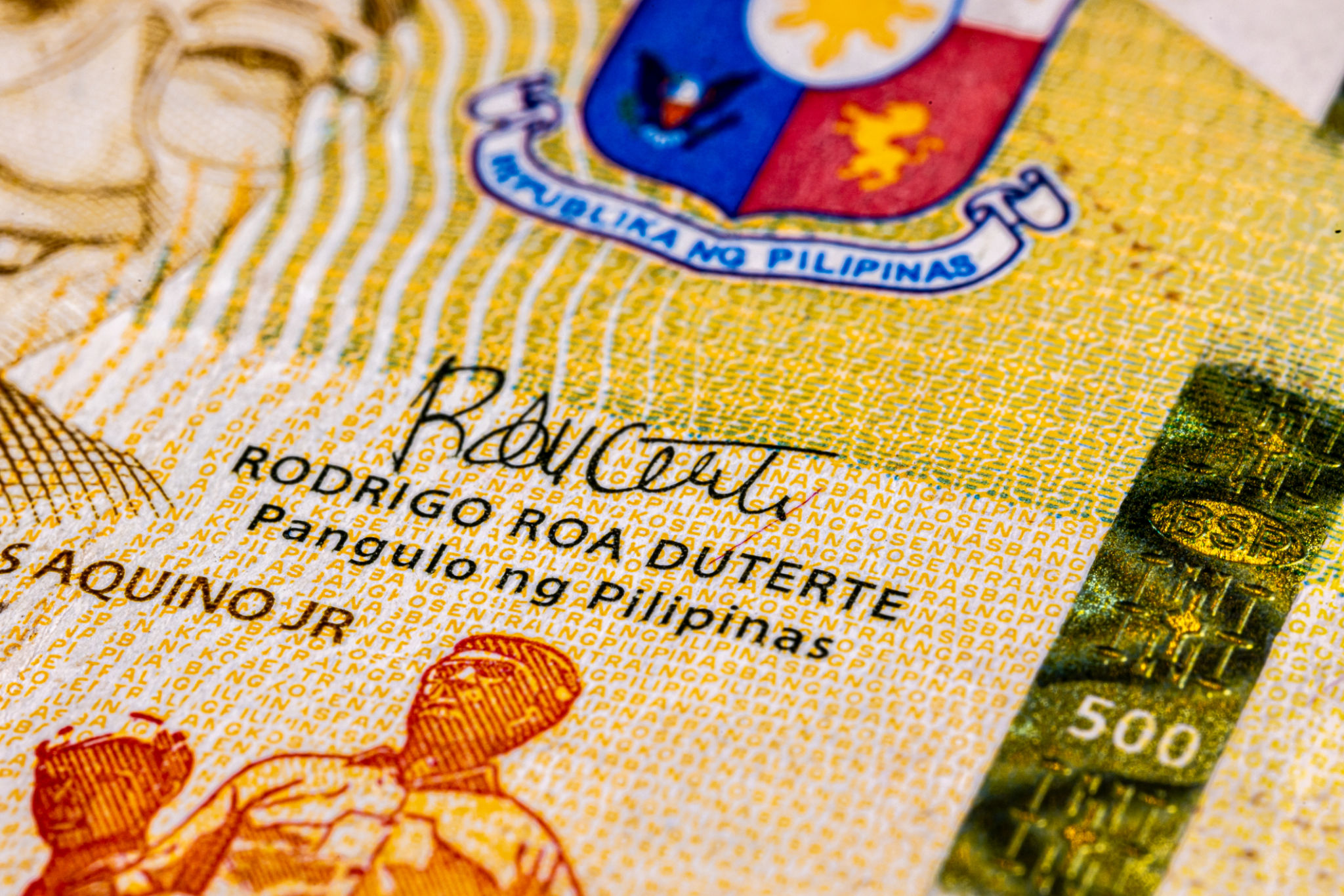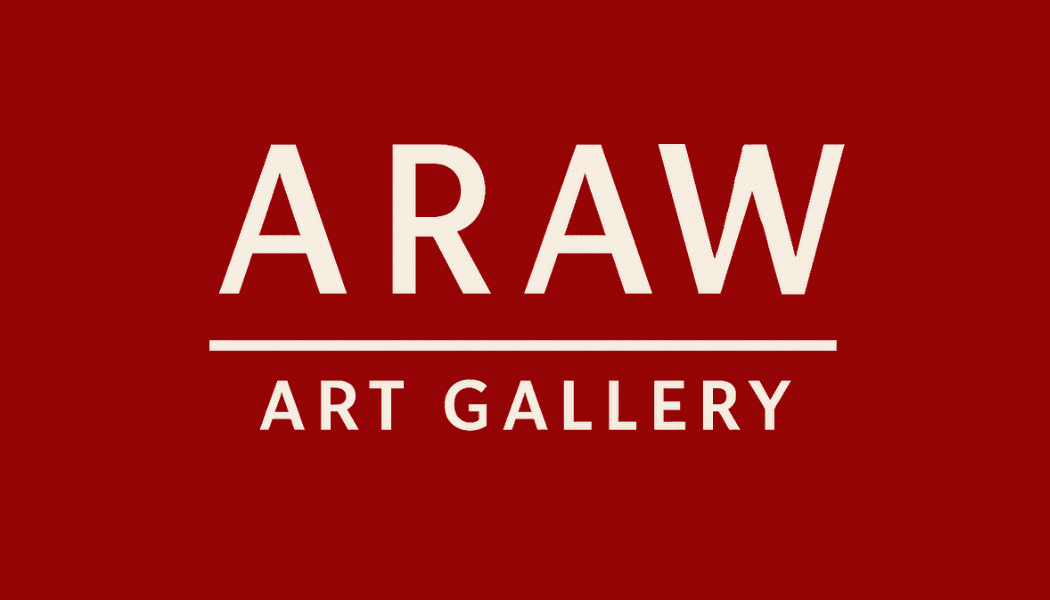The Impact of Art on Philippine Culture: Insights from ARAW Gallery
The Role of Art in Shaping Philippine Identity
Art has always played a crucial role in the cultural landscape of the Philippines. From ancient tribal tattoos to contemporary digital art, the evolution of artistic expression mirrors the diverse and dynamic identity of the Filipino people. ARAW Gallery, a leading art institution in the country, offers valuable insights into how art influences and reflects Philippine culture.
In the Philippines, art is not merely a form of expression; it is a tapestry that weaves together history, tradition, and modernity. Through various mediums, artists convey stories of past struggles, triumphs, and aspirations, helping to shape a collective national identity. This confluence of the old and new is evident in the works showcased at ARAW Gallery, where traditional techniques meet modern innovation.

The Influence of Indigenous Traditions
Indigenous art forms have a profound impact on Philippine culture. The intricate patterns of tribal tattoos, the vibrant colors of woven textiles, and the symbolic carvings on indigenous tools all tell stories of a rich cultural heritage. ARAW Gallery frequently features exhibitions that celebrate these indigenous art forms, highlighting their significance in contemporary society.
By preserving and promoting indigenous art, ARAW Gallery contributes to a broader understanding and appreciation of the Philippines' diverse cultural roots. These traditional art forms serve as a reminder of the country's origins and continue to inspire new generations of artists.
Art as a Medium for Social Commentary
Throughout history, Philippine art has been used as a powerful tool for social commentary. From the revolutionary works of Juan Luna to contemporary pieces addressing political issues, artists have long used their craft to challenge societal norms and provoke thought. At ARAW Gallery, visitors can explore exhibitions that tackle pressing social issues, encouraging dialogue and reflection.

Artistic expression in the Philippines often reflects the socio-political climate, providing insight into the challenges and triumphs faced by the nation. By showcasing these works, ARAW Gallery plays a pivotal role in fostering a more informed and engaged citizenry.
The Economic Impact of Philippine Art
The art scene in the Philippines also contributes significantly to the nation's economy. The growing interest in Philippine art not only boosts tourism but also supports local artists and artisans. ARAW Gallery has been instrumental in promoting Philippine art on a global stage, attracting collectors and enthusiasts from around the world.
This increased visibility helps to elevate the country's cultural standing and provides economic opportunities for artists. By investing in art, both locally and internationally, ARAW Gallery contributes to the sustainable development of the Philippine art industry.

Nurturing Future Generations of Artists
ARAW Gallery is committed to nurturing the next generation of Philippine artists. Through workshops, mentorship programs, and educational initiatives, the gallery provides emerging talents with the resources and support they need to succeed. This commitment ensures that the rich tradition of Philippine art continues to thrive.
By fostering an environment of creativity and innovation, ARAW Gallery helps young artists find their unique voice and contribute to the ever-evolving narrative of Philippine culture. This dedication to education and mentorship is essential for sustaining the vibrant art scene in the Philippines.
The Lasting Impact of Art on Society
Art has an enduring impact on society, shaping perceptions and driving change. In the Philippines, art continues to be a beacon of hope, resilience, and inspiration. ARAW Gallery's dedication to showcasing diverse artistic expressions ensures that Filipino culture remains dynamic and relevant in an ever-changing world.
As we look towards the future, it is clear that art will continue to play a pivotal role in shaping Philippine culture. With institutions like ARAW Gallery leading the way, the rich tapestry of Filipino artistic expression will remain a vital part of the nation's identity for generations to come.
